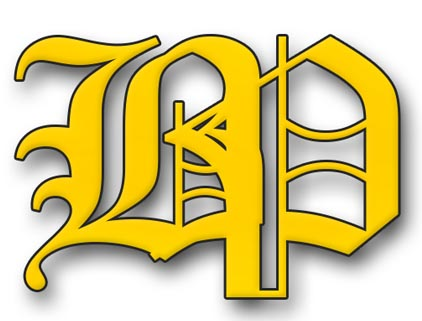Gridlock in Dhaka: When protest becomes a public crisis

Dhaka, the beating heart of the country and home to over 20 million people, is facing a civic emergency. What was once an issue of heavy traffic has intensified into a severe crisis, as student movements, political protests and daily road blockades have brought the capital’s transport system to a standstill. Although the right to protest is cherished in any healthy democracy, it cannot come at the cost of public suffering, economic stagnation and the failure of necessary services.
This week, the capital’s main intersections— comprising Shahbagh, Kakrail and Matsya Bhaban— became epicentres of paralysis. Protesters from different factions block main routes, pressing for demands ranging from political appointments to justice for unsolved crimes and what not. These causes, while legitimate, were pursued through means that inflicted uneven pain on common people. Roads were gridlocked, ambulances trapped and livelihoods disrupted. Heavy rains added further misery, flooding roads and leaving vast stretches of the city immobile.
Due to gridlock caused by blockades, thousands had no choice but to walk long distance. Many were seen stuck in vehicles for hours as drivers had no way to move forward to turn back.
The increasing frequency of such blockades had exasperated, especially as temperatures continue to rise.
The impact is far-reaching. Daily income generating people are losing income. Patients cannot access hospitals. Public transport drivers return home empty-handed after hours stuck in traffic. Commuters are left with no option but to walk for miles. A city already buckling under the weight of poor infrastructure, overpopulation and defective urban planning is being pushed closer to collapse.
Law enforcement agencies need a clear
mandate to ensure vital roads,
hospitals and intersections remain
functional during demonstrations
The vital problem lies in the absence of a coordinated response from the authorities concerned. Law enforcement agencies have largely remained passive, citing political sensitivity and limited power to disperse demonstrations. But the inaction is not neutral— it has actual costs for millions. Alternative traffic plans, emergency protocols and rapid-response measures are either missing or ineffective. The common people are left to fend for themselves, caught between political agendas and administrative inertia.
Furthermore, the repetitive nature of these disruptions— from student movements to professional demands to political showdowns— shows a dangerous trend. Protesting groups have found that blockading roads garners instant visibility. But what regarding answerability? What about the rights of the public to move freely, access healthcare, reach work or simply live with no fear of city-wide collapse?
This situation demands a multi-dimensional solution. Firstly the management must establish designated protest zones to permit democratic expression without paralysing the city. Secondly, law enforcement agencies need a clear mandate to ensure vital roads, hospitals and intersections remain functional during demonstrations. Thirdly, dialogue mechanisms between authorities concerned and the protest groups must be institutionalised to resolve grievances before they spill onto the streets. And finally, mass public awareness campaigns must highlight that while protest is right, it must not override the rights of others.
If Dhaka is to remain the administrative, economic and cultural hub of the country, it cannot be allowed to be choked by repeated blockades. The city’s people deserve a management that protects democratic values and dignity. The streets must not remain the battlefield of last resort— they must become paths towards progress, not suffering.



